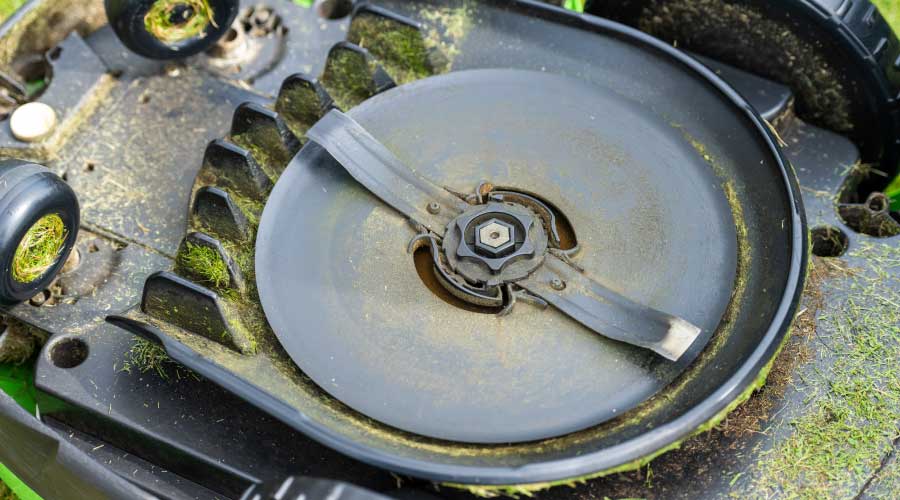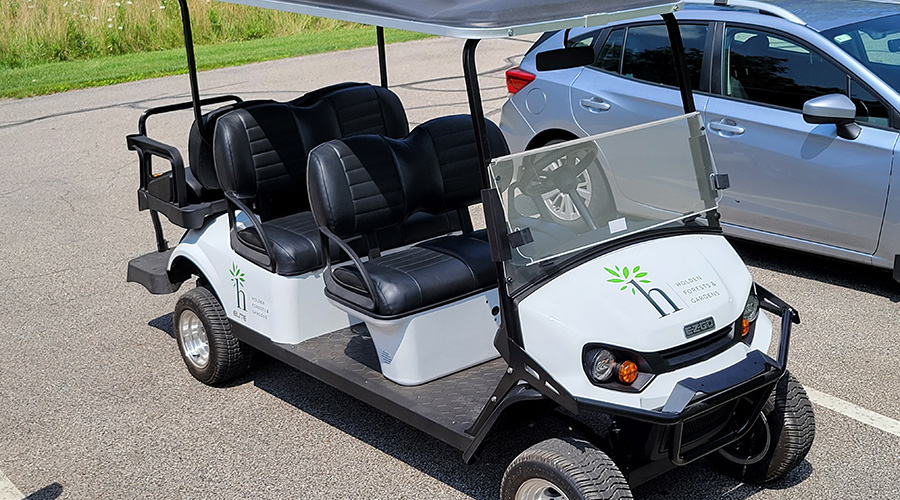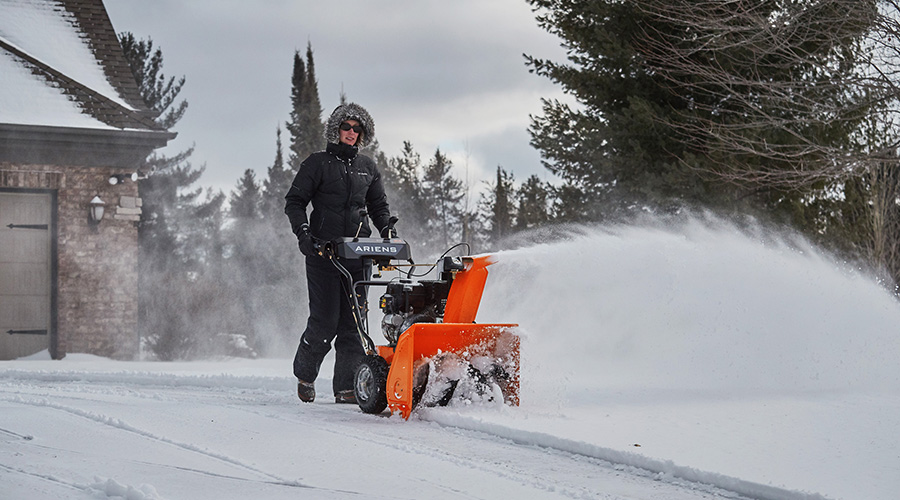Utililty Vehicles: Repair or Replace Strategies
Utility vehicles are essential for grounds maintenance at commercial and institutional facilities. Grounds managers rely on these versatile vehicles to help crews perform critical tasks — transporting personnel, materials, and tools, and performing a variety of everyday but important tasks, including mowing, edging, fertilizing, and removing snow and leaves. Because utility vehicles are used so frequently, managers often face the difficult decision of whether to replace or repair a vehicle.
As with many such decisions, managers can take a close look at the numbers in determining the most cost-effective course of action for their departments.
Assessing The Options
One of the first steps in determining whether repairing or replacing a utility vehicle is the best decision is to ensure workers use it fully. If they only use the vehicle infrequently, it might be more cost-effective to eliminate it from the inventory.
Other options, such as renting, could prove more economical. Comparing the cost of maintenance and repair based on use with the cost of renting or leasing a comparable vehicle can provide an accurate assessment of the most cost-effective option. Rebuilding is another option managers can consider — if the cost is one-half of purchasing a new one and if doing so adds two-thirds to three-quarters of the life of a new vehicle to the rebuilt unit.
Once a manager determines that crews use a vehicle frequently enough to merit repair or replacement, they need to consider a number of additional factors, including the cost of repair, lost productivity due to downtime, and the potential implications of future repairs. To make an educated, informed decision, managers need to conduct a thorough assessment of the existing utility vehicle based on several key pieces of data.
Related Topics:












